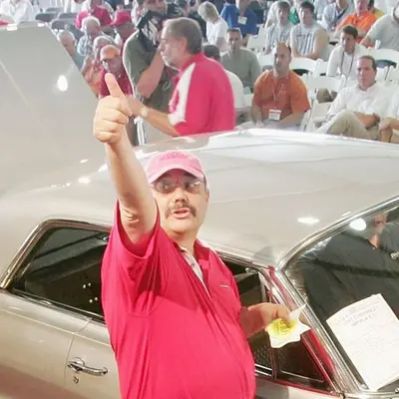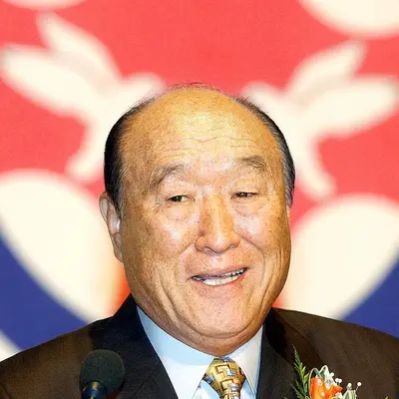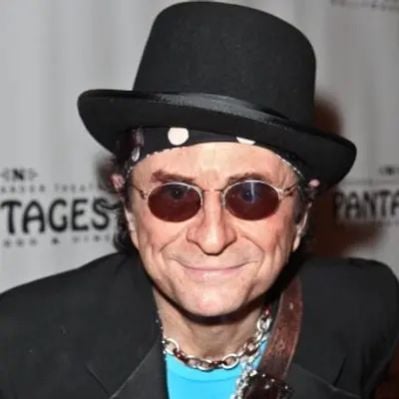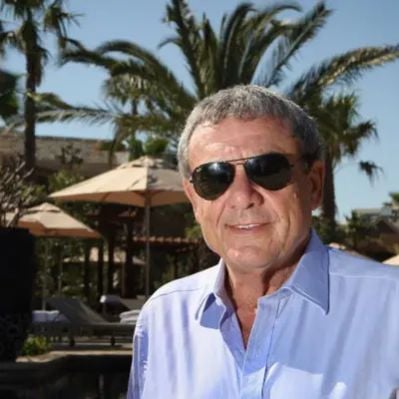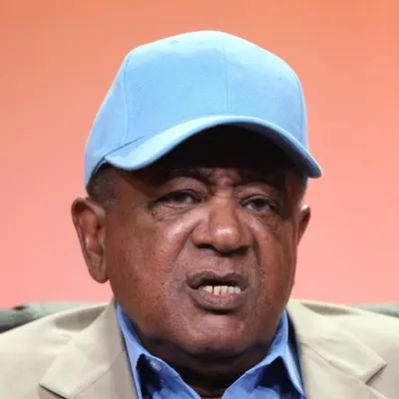What Is Lonnie Johnson’s Net Worth?
Lonnie Johnson, the American engineer and inventor best known for the Super Soaker water gun, has accumulated a substantial net worth estimated at $200 million. This fortune primarily stems from the commercial success of the Super Soaker, which became a cultural phenomenon and a top-selling toy in the United States during the early 1990s. Over its lifespan, the Super Soaker has generated over $2 billion in revenue, contributing significantly to Johnson’s wealth through royalties and licensing agreements.
Early Life and Education
Lonnie George Johnson was born in Mobile, Alabama, in October 1949. From a young age, Johnson displayed exceptional aptitude for engineering and inventing. By the age of 10, he had constructed a fully functional go-kart, showcasing his early mechanical skills. This go-kart was later confiscated by local police. In 1968, Johnson’s talent was further recognized when he won the Alabama State Science Fair with a compressed-air powered robot constructed from salvaged materials. The project’s success underscored his resourcefulness and innovative thinking.
After graduating from high school, Johnson pursued higher education at Tuskegee University, where he earned a Bachelor of Science degree in Mechanical Engineering and a Master of Science degree in Nuclear Engineering. His academic achievements laid a strong foundation for his future career in engineering and invention.
Career Beginnings and NASA
Following his graduation from Tuskegee University, Lonnie Johnson began his professional career with the United States Air Force. During his time in the Air Force, he contributed to the development of technology for the Stealth Bomber program. His work in this highly classified area demonstrates his expertise in advanced engineering and his ability to work on cutting-edge projects.
Later, Johnson joined NASA’s Jet Propulsion Laboratory (JPL), where he served as a Senior Systems Engineer. At JPL, he played a critical role in several high-profile space missions. He was a key member of the engineering teams behind the Galileo mission to Jupiter, the Cassini mission to Saturn, and the Mars Observer project. These missions involved complex engineering challenges, and Johnson’s contributions were essential to their success.
While working at NASA, Johnson also dedicated his free time to pursuing his own inventions and filing for patents. Over the course of his career, he has been granted over 100 patents, reflecting his prolific inventiveness. His achievements have been recognized with the Air Force Achievement Medal and the Air Force Commendation Medal.
The Super Soaker Invention
In 1982, Lonnie Johnson conceived the idea for the Super Soaker while attempting to develop a new type of water pump for refrigerators. His aim was to replace Freon with pressurized water to circulate chilled water in the fridge. During an experiment with an early prototype heat pump, Johnson connected it to his bathroom sink. As he described it, “I turned around and I was shooting this thing across the bathroom into the tub and the stream of water was so powerful that the curtains were swirling in the breeze it sent out. I thought, ‘This would make a great water gun.'” This accidental discovery led to the creation of a water gun that used a hand pump to generate air pressure, enabling it to shoot a concentrated stream of water over a distance of 20-30 feet. This mechanism was a significant departure from existing squirt guns and revolutionized the toy industry.
Unable to finance the marketing and production of the Super Soaker on his own, Johnson sought a licensing partner. After an initial unsuccessful partnership, he collaborated with the toy company Larami. In 1989, Larami began mass production of the gun, initially naming it the “Power Drencher.” However, due to limited marketing efforts, sales remained low in 1990. In 1991, the name was changed to “Super Soaker,” and a substantial television advertising campaign was launched, leading to immediate success. The Super Soaker became the best-selling toy of 1991, 1992, and 1993. In 1991 alone, the toy generated $200 million in revenue. Within the first decade of production, Larami sold over 200 million Super Soakers, generating over $1 billion in revenue.
Royalties and Legal Battles
Lonnie Johnson earned royalties for each Super Soaker sold, accumulating hundreds of millions of dollars over three decades. After Super Soaker became part of Hasbro, Johnson initiated a lawsuit against the company over unpaid royalties. The court ruled in Johnson’s favor, ordering Hasbro to pay him a lump sum of $73 million to cover royalties that should have been paid between 2007 and 2012. This legal victory underscored the importance of intellectual property rights and the value of Johnson’s invention.
Entrepreneurial Ventures
In addition to his work on the Super Soaker, Lonnie Johnson has pursued various entrepreneurial ventures. Through his first company, Excellatron, he focused on developing next-generation rechargeable batteries. This endeavor reflects his ongoing interest in energy technology and his commitment to creating innovative solutions for energy storage. With his subsequent company, Johnson Electro-Mechanical Systems, he pioneered the Johnson Thermo-Electrochemical Converter System. This system converts thermal energy to electrical energy by using membranes to push hydrogen ions, potentially revolutionizing solar and thermal power technologies. Although specific financial details for Excellatron and Johnson Electro-Mechanical Systems are not publicly available, it’s evident that Johnson has invested significant time and resources into these companies, further contributing to his overall net worth and solidifying his role as an innovator.
Other Ventures and Patents
Lonnie Johnson’s entrepreneurial spirit extends beyond just the Super Soaker and his energy technology companies. Although the exact financial implications of these ventures are not publicly disclosed, it is clear that they contribute to his overall financial standing. His portfolio includes Johnson Real Estate Investments, LLC, indicating investments in the real estate sector. These holdings further diversify his asset base and provide additional sources of income. Also, Lonnie Johnson controls over 250 patents, showcasing his broad range of inventions. These patents not only protect his intellectual property but also hold potential for future licensing and commercialization opportunities, further bolstering his long-term financial prospects. While specific revenue from each patent is not itemized, the sheer number of patents suggests a significant contribution to his overall wealth.
Personal Life and Philanthropy
Lonnie Johnson and his wife, Linda, have four children and reside in suburban Atlanta. Johnson is actively involved in philanthropic endeavors, serving on the Board of Directors of the Georgia Alliance for Children. This organization focuses on improving the lives of children in need within the state. He is also a board member of the Hank Aaron “Chasing the Dream” Foundation, which supports youth development and educational opportunities. His dedication to these causes demonstrates his commitment to giving back to the community and supporting future generations.
Lonnie Johnson’s Net Worth: A Summary
Lonnie Johnson’s $200 million net worth is a result of his creativity, perseverance, and entrepreneurial acumen. The Super Soaker, his most famous invention, has generated billions of dollars in revenue and provided him with substantial royalties. His work at NASA, his entrepreneurial ventures in energy technology, and his real estate investments have all contributed to his financial success. Furthermore, his extensive patent portfolio positions him for continued innovation and financial growth. Beyond his financial achievements, Johnson’s commitment to philanthropy underscores his desire to make a positive impact on society.
 Net Worth Ranker
Net Worth Ranker











